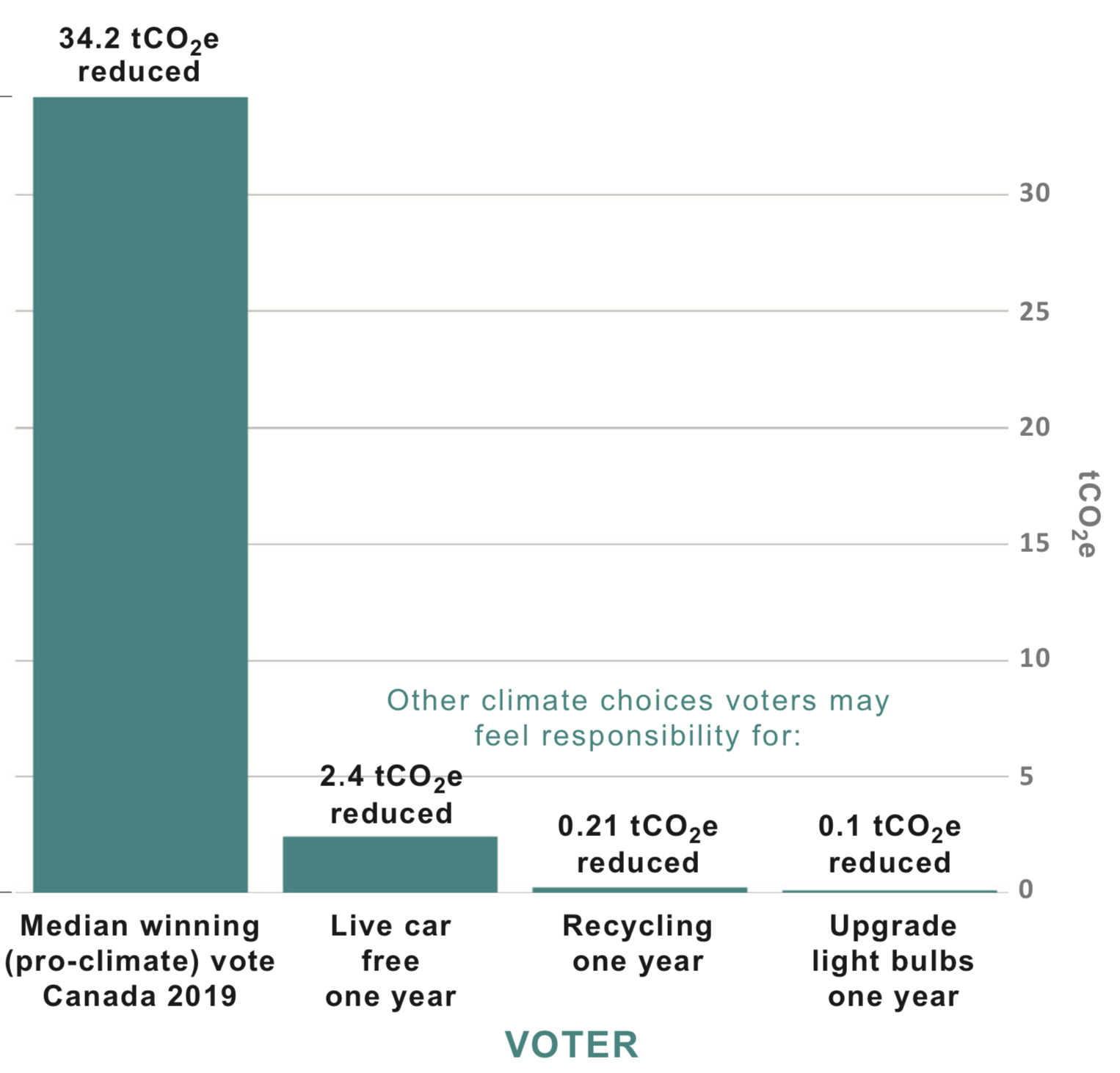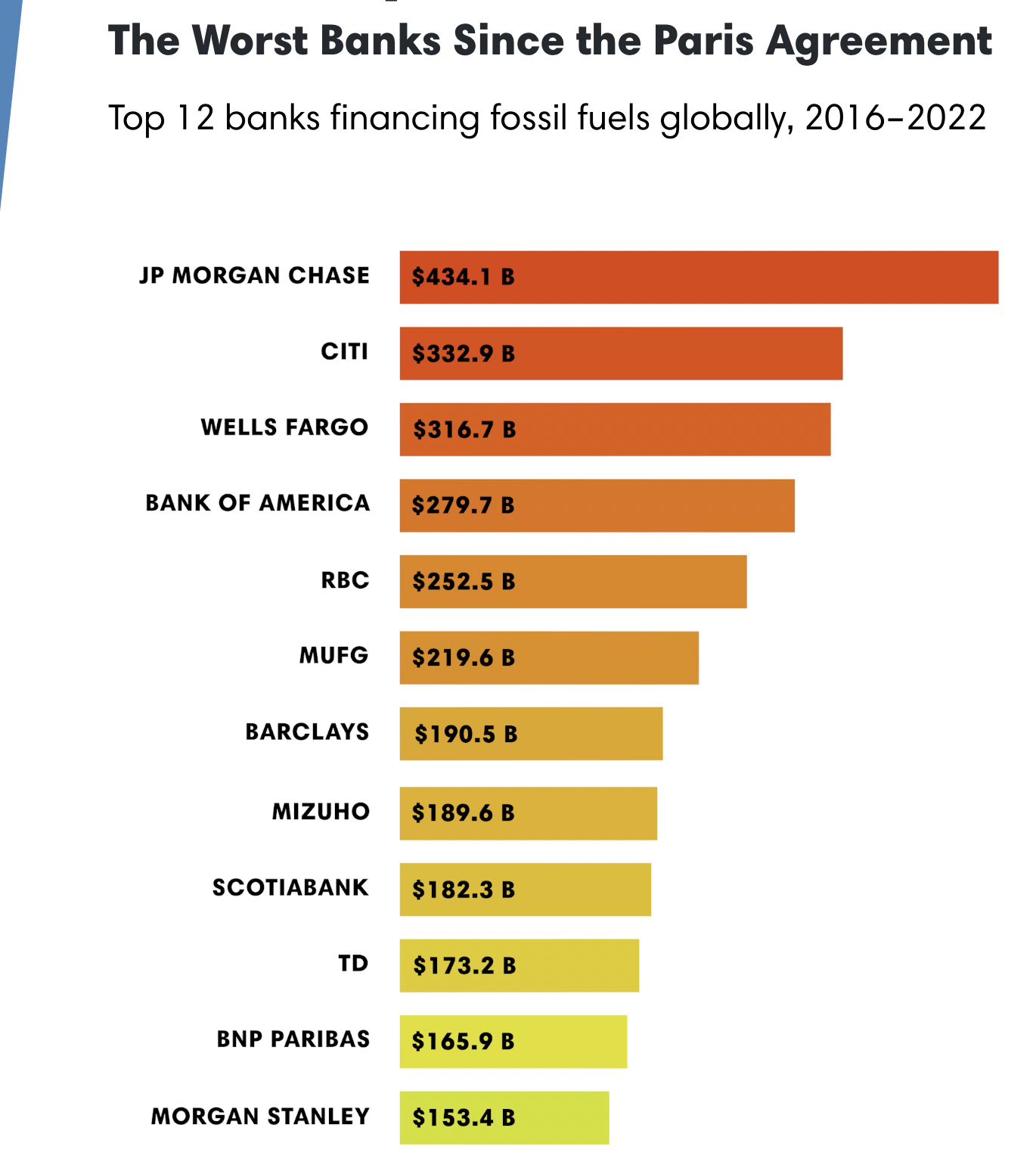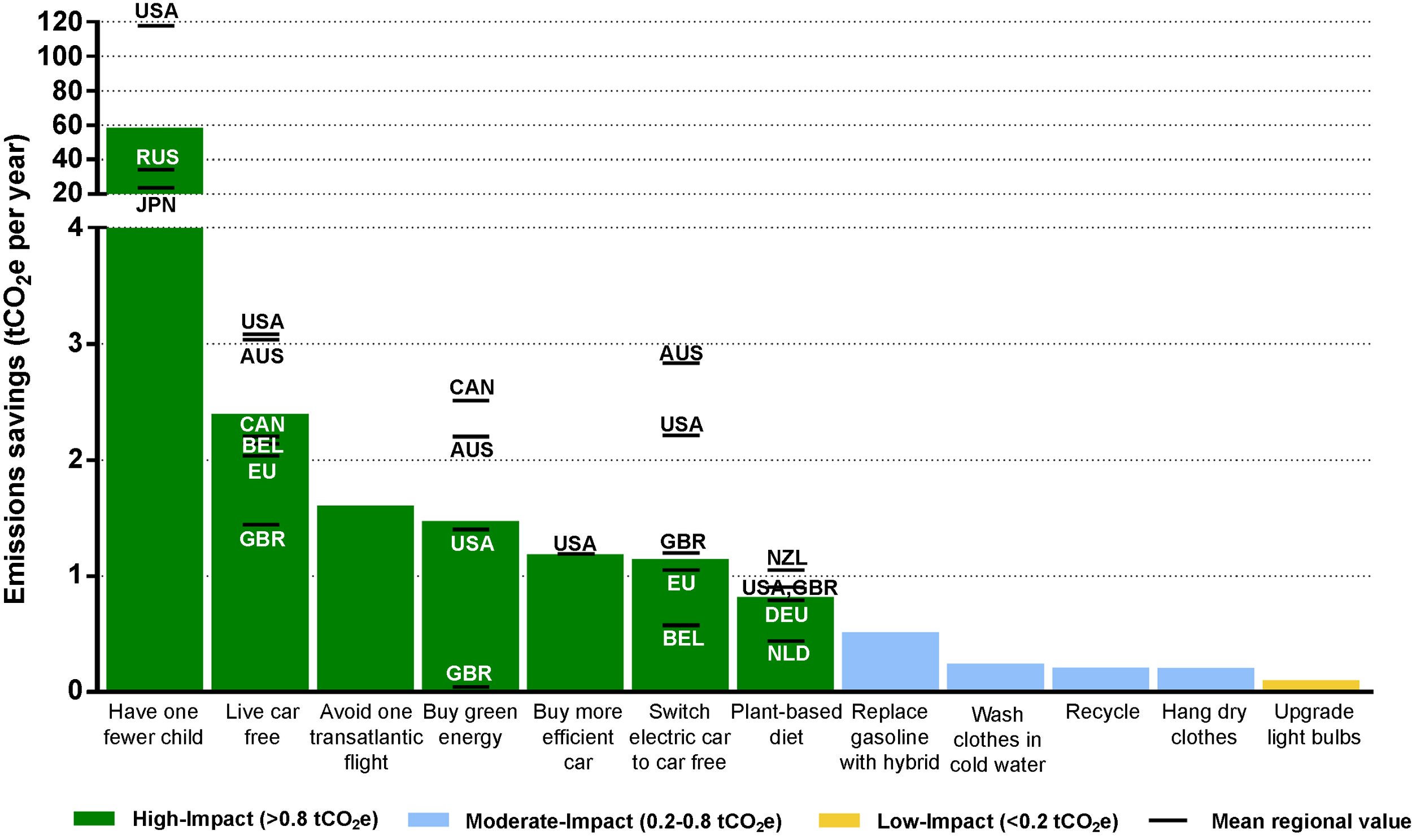
Climate Crisis in Data:
The gist in 30 figures.
Historical Context
We are in a Planetary emergency threatening life on Earth (UN’s IPCC, 2023).
What is happening now?
In the past 500 million years, Earth has experienced 5 mass extinction events. Only one of these 5 events was caused by an asteroid. The other 4 were caused by global warming. In each case, most forms of life on Earth were eradicated.
The worst of these extinction events was the third, also known as the “great die-out”, with 96% of all species on Earth going extinct. This event was triggered by volcanos releasing carbon dioxide into the atmosphere, warming Earth (at first) by 5 degrees Celsius. Research found that 5 degrees Celsius of warming is the threshold that triggers mass extinctions.
Modern humans have evolved thanks to stabilization in Earth’s temperature leading to optimal conditions for life (the Holocene). But, human activities in the past 200 years (i.e., post industrial revolution) are threatening these optimal life conditions, and triggering Earth’s sixth extinction event, but at a rate up to 1,000 times faster. How?
This crisis is caused by the greenhouse gasses (such as carbon dioxide) added to the atmosphere through the extraction and burning of fossil fuels (e.g., coal, gas, and oil), to produce energy. More than half of emissions ever produced were released in the last 30 years.
This process makes the planet warmer than it would otherwise be, as these gasses are trapping heat, destabilizing Earth’s systems. The warming we are experiencing now is equivalent to 7 Hiroshima atomic bombs being detonated every second.
Who are the top emitters? The top CO2 emitters are the US and China.
What are the consequences?
The severity of the consequences depends on the degree of warming we are accumulating. We’re already 1.2 degrees Celsius (2 Fahrenheit) hotter on average than before fossil fuel combustion took off in the 1800.
At this stage, 70% of wildlife has already disappeared, compared to 1970.
Climate change is also affecting people’s health in a variety of ways.
This is just one example. On average, air pollution takes 2 years off life expectancy, more than smoking or alcohol. This loss to the length of human life is also more than the loss due to road injuries, HIV/AIDS, malaria and war combined. A recent analysis found that if companies that pollute were regulated to pay for the health damages they are responsible for, they would have to give up 44% of their profits.
For example, exposure to pollution is detrimental to cardiovascular function. The good news is that as soon as pollution stops, our health improves dramatically.
In a recent study, researchers evaluated the health benefits from the closure of a coal coking plant in Pittsburgh PA in 2016. Cardiovascular health improved immediately, with a 42% drop in cardiovascular emergency department visits.
Climate change is also increasing the frequency and severity of natural disasters, which is causing an increasing number of major insurance companies to stop selling insurance policies, for example in Florida, or California.
Climate change is also increasing food and water insecurity around the world.
A metaanalysis (1,090 simulations from 42 studies) of projected changes in crop yield as a function of time for all crops and regions, suggests that crop yields will likely decline over the next decades as a result of climate change, by as much as 50% and as early as the 2030s.
By 2050 an additional billion people will be living in arid areas and regions with high water stress.
What could the future hold?
Different policies put us on very different emission and warming paths. Current policies place us in a 2.5-2.9 degrees Celsius of warming by 2100. But note:
1. Temperatures keep increasing after that, perhaps at even faster rates because of positive feedback from crossing Earth’s tipping points.
2. There is evidence that current policies are not being implemented as intended, and loopholes in the policies might lead to biases in emissions reporting (e.g., emissions from biomass or international trade don’t count in reporting).
But without climate policies (or if we don’t properly implement them), a 4°C rise in global average temperatures would leave much of the world uninhabitable.
If the currently planned actions and policies are not fully implemented, a warming of 4°C could occur as early as the 2060s.
What do people think about it?
Most of us are worried about the climate crisis.
But most of us underestimate how many others are worried and support policy. While most of us estimate one third of Americans are concerned, in reality over two thirds of Americans are concerned.
We also underestimate the degree of scientific consensus about the climate emergency. While most of us think consensus is at 66%, in reality over 99% of scientists are in agreement about the crisis.
What are the solutions?
Experts agree the main solution depends on transitioning our energy production away from burning fossil fuels (oil, gas, coal). This means electrifying everything and powering everything with renewable energy.
Transitioning 145 countries to 100% renewable energy would cost $62 trillion, but this initial investment would be paid back in just 6 years, and then save $12 trillion dollars by 2050.
Transitioning the United States would cost $4.5 trillion dollars, the same amount the US has spent on counterterrorism in the past 2 decades.
In addition to being our best bet at maintaining life on Earth, transitioning from fossil fuels to renewables would create 28.4 million more jobs, and would dramatically improve our health by decreasing pollution.
Transitioning to renewables is also the best long term option for investors. In a “net zero” scenario (ambitious decarbonization), investment returns over 40 years would be 10% lower compared with a world without climate change. But in the “failed transition” (4C increase by 2100), returns would be then at least 40% lower.
So, given all the benefits of transitioning, are we doing it?
Unfortunately, despite the exponential increase in clean energy use, at the moment fossil fuels are still providing 80% of the world’s energy consumption. This is despite people’s strong preference (80%) to phase out fossil fuels and transition to clean energy.
What are the barriers?
Today, despite overwhelming public support of climate policy facilitating decarbonization, the United States still subsidizes the fossil fuel industry with taxpayer dollars.
It's not just the US: according to the International Energy Agency, fossil fuel handouts hit a global high of $1 trillion in 2022 and $7 trillion in 2023 – the same year Big Oil pulled in a record $4 trillion of income.
It’s also counterproductive to keep subsidizing fossil fuel based energy when it’s more expensive than renewables. For example, gas power is 9 times more expensive than wind and solar in the UK, but the Government gives tax breaks to oil companies, while not allowing wind farms to thrive, which costs UK residents £1.5 billion a year.
Fossil fuel companies have been warned about the bleak future they are causing since 1979, but decided to obscure the science. Today, they are still spending millions of dollars lobbying against climate policy, creating an illusion that most citizens do not support it. However, over 70% of people do support climate policy! The voices of advocates just have to be heard for system level changes to occur. Lessons from history have taught us that when about 3.5% of people within a group engage in bold, non-violent, mass demonstrations, entire governments can be shaken up into change. Additional research has found that when a society reaches a 25% minority committed to a new idea, that idea quickly spreads in the rest of the community following this tipping point threshold.
What can each of us do?
This Planetary emergency is a collective problem that can only be addressed by collective solutions, which implies a combination of individual and systemic changes. Research estimates action at the individual and family level could account for 14% of the emissions reductions needed to reach net zero by 2050, whereas collective action could account for up to 64% of reductions in emissions needed.
At the system level, voting pro-climate in every election at any level is one of the highest-impact actions one can take.
Supporting and advocating for climate policy. For example, you can sign petitions through Greenpeace.
Although a carbon tax would be effective at curbing emissions, only a few countries have a carbon tax law (2022).
Carefully choosing your bank can also make a difference. These are the financial institutions investing in fossil fuels the most. Check how your bank is doing and what alternatives you have here: https://bank.green/
At the personal level, reducing beef consumption decreases food production emissions the most, because 41% of global deforestation and 80% of Amazon deforestation is driven entirely by beef production.
Other high-impact actions are living car free or avoiding flying:
You can also make a difference by donating to an organization advocating for our future, such as Earth Justice. The number of legal cases against polluters is rising, hopefully compelling them to reconsider their activities.
Another important action anyone can take is talking about it. Educate others about this critical issue, form community around it, join an advocacy group. Communication and community are important, as climate change is a collective problem with collective solutions.
In communicating about this crisis, keep in mind the stakes of our joint actions now, on the future generation, a concern anyone can relate to.
For example, a child born in 2020 will experience a very different world in their adulthood, compared to us, current adults. And the degree of instability that world will be dominated by depends on our actions today! Ask yourself and others, “What are you doing to help your children still have a chance at a decent life?”
What are we doing about it?
Research.
We are leading the International Collaboration to Understand Climate Action
This project advances knowledge regarding the climate crisis denial and inaction around the world, creating an empirically driven protocol for stimulating individual and collective climate action, by testing the main theories in the social and behavioral sciences that have shown promise at influencing pro-climate beliefs and behaviors (climate change information sharing, climate policy support, and contributions to tree planting efforts).
As a result of this project, we have helped plant and protect over 330,000 trees through our collaboration with the Eden Reforestation Project.
Read more about the study here and the associated press release here.
Teaching.
Prof. Vlasceanu is offering a Psychology of Climate Action course at NYU.
This course covers recent research on the psychological factors that affect the formulation, communication, and execution of climate policy, as well as research on the effects of climate policy on collective climate action.
Read more about the content of the course here.
Advocacy.
We are attending peaceful demonstrations to support climate policy, such as the end fossil fuel march, organized by a broad coalition of local and national climate justice organizations in advance of the UN Climate Ambition Summit.
We are also advising policy makers, legislators, NGOs, and journalists on effective climate action and communication projects. For example, Prof. Vlasceanu is a board member of the SPSP UN Committee.
Looking for more information?




































